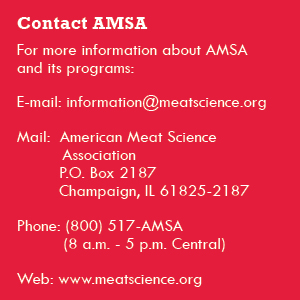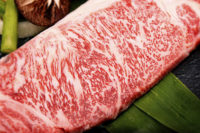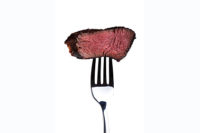 Cost savings projects are common to the meat industry. It is typical to chase opportunities that save pennies per pound.
Cost savings projects are common to the meat industry. It is typical to chase opportunities that save pennies per pound.
Projects that save dimes or quarters per pound are rare, but they are real. With a combination of ingredient technology, innovative processing and under-valued trim, new grind materials are now available.
The process of pre-blending meat has been utilized commercially for decades to maximize meat particle bind and to make value-added protein systems. Use of such meat pre-blends coupled with the addition of select non-meat functional ingredients can provide the processor with an economical and high-yielding system for use in further-processed meat products.
What’s the value?
Pre-blended Beef 90’s [PB90] is a commercial raw product containing beef, binder and water. At the time of writing, Beef 90’s were approximately $2.40/lb. The price of PB90 was less than $1.90/lb. Thus, replacing Beef 90’s by 20% provides blend cost savings of greater than $0.10/lb.
Although ingredients are being added, the ground meat appearance is virtually the same as Beef 90’s. It has the added benefit of no purge, which limits micro-organism growth.
Such blending technology also applies to pork and poultry trim. Even mechanically separated chicken [MSC] can be pre-blended economically, and have grindable texture.
Can you save $0.27/lb. in a cooked beef patty?
|
Control [68% yield] |
Test 1 [70% yield] |
Test 2 [72% yield] |
|
| Raw blend cost/lb. | $1.60 | $1.50 | $1.50 |
| Raw savings/lb. | n/a | $0.10 | $0.10 |
| Yielded cost/lb. | $2.35 | $2.14 | $2.08 |
| Yielded savings/lb. | n/a | $0.21 | $0.27 |
The functionality of the ingredient system carries through to thermal processing. Cook yield increases of 2% -4% are common. This magnifies the blend cost savings to greater than $0.25/lb. for cooked beef patties.
Remove allergens
Removing allergens versus cost savings may also be a critical objective. Texturized soy protein was replaced with PB90 in a commercial study. The resulting product had no allergens, met sensory requirements and still saved money! The increase in functionality, resulting in higher cook yields, was important for this trial.
Lower sodium without lowering yields
Lower-sodium processed meats typically have reduced cook yields. As the amount of extracted functional protein decreases, so does yield. When you add pre-blended meat trim that does not contain salt, you have a reduced sodium product. As previously illustrated, one can expect a cook yield increase due to the strong functionality of the binding system. The current backlash against sodium offers a strong argument to incorporate this technology.
Conclusion
Try pre-blended trims for all types of ground meat or poultry products that allow functional ingredients. Cost savings, sodium reduction and allergen removal are all achievable when using the “new grinds”!




Report Abusive Comment